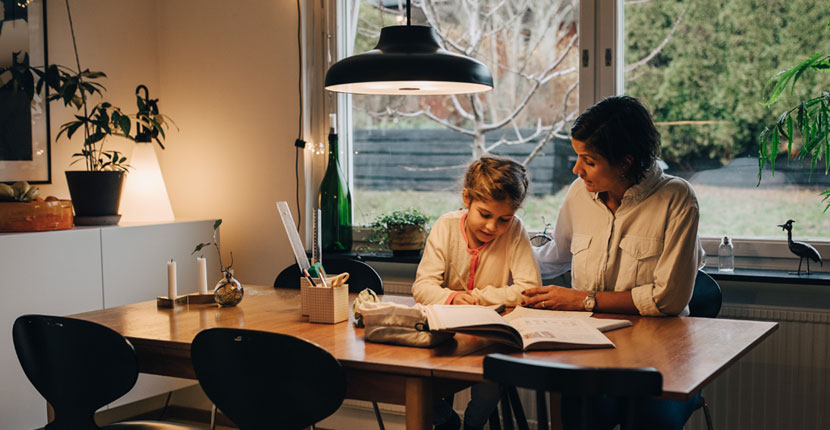LED Lighting for Different Rooms
- by Joe Weber - updated on 10/25/2022

LEDs are great lights that not only look great but also save you money in the long run with lower energy consumption. See which LEDs should be used in each room of your home to get the best lighting experience.
What Rooms Are LED Lights Good For?
With the vast array of LED color temperatures available for purchase you can use LEDs in any room of your home. LEDs are a great energy saver while providing excellent lighting throughout any room of your home. For a little extra direction you can use our handy tool to find bulbs by room if you are shopping for a specific room in your home.
Warm White -
2400k
Soft White -
2700k & 3000k
Cool White -
4100k
Daylight -
5000k
Living Room - Soft White & Warm Light
Dining Room - Warm Light
Bedroom - Soft White & Warm White
Bathroom - Cool White
Reading Area - Daylight
Kitchen - Cool White
Workspace - Daylight & Cool White
Outdoor - Cool White
Manufacturing - Daylight
Security - Cool White
LEDs come in all shapes and sizes from standard light bulbs to kitchen under cabinet lighting and everything in between. Learn all about LEDs and other lighting with our handy Lighting Buying Guide.
How Much More Energy Efficient are LEDs?
Over the years LED technology has evolved considerably. Today, LED light bulbs used in residential environments are upwards of 75% more energy efficient than incandescent light bulbs of the same brightness (lumen).
As an example, a 60-watt incandescent light bulb used roughly 8 hours per day for a year will net an energy cost of about $23.00 per year. Now, take a 60-watt incandescent equivalent LED light bulb that only uses roughly 8 watts with the same usage; 8 hours per day for a year. In the end, the LED bulb will only cost roughly $3.00 per year. That's a $20.00 savings per year for just one bulb!
The American household has an average of 40 light bulbs. That's a significant savings on your utility bill when you switch all of your light bulbs to LED. If you haven't upgraded to LEDs yet, now is the time.
Shop for Brightness Not Watts
As you can see, energy usage is minimal with LED light bulbs. The best thing you can do for your home is to buy light bulbs that are bright enough for the room you are looking to illuminate. You should be buying your bulbs by the lumen output, not the wattage. Having lights that are too dim for the living room or kitchen will make entertaining or cooking difficult. This could even be dangerous if you have a difficult time seeing your cutting board when you are slicing and dicing.
The general guideline for lumens is that you should have 1,000 - 2,000 lumens per 100 square feet of space. For instance, if you have a 20 x 20 living room you should have at least 2,000 to 4,000 total lumens in the room. Now, there are some rooms in your house that require extra lighting, like the kitchen, where you may want double the recommended lumens so you can see all of your counter space and prep areas with ease.
Energy-Efficient LED Bulbs at Batteries Plus
Time to upgrade your lights to LED? Stop on by your local Batteries Plus to see our extensive selection of LEDs for all of your lighting needs. Kitchen a little too dim? Read our blog "What Kind of Lighting is Best for a Kitchen?" to learn how to get the best lighting for your kitchen.